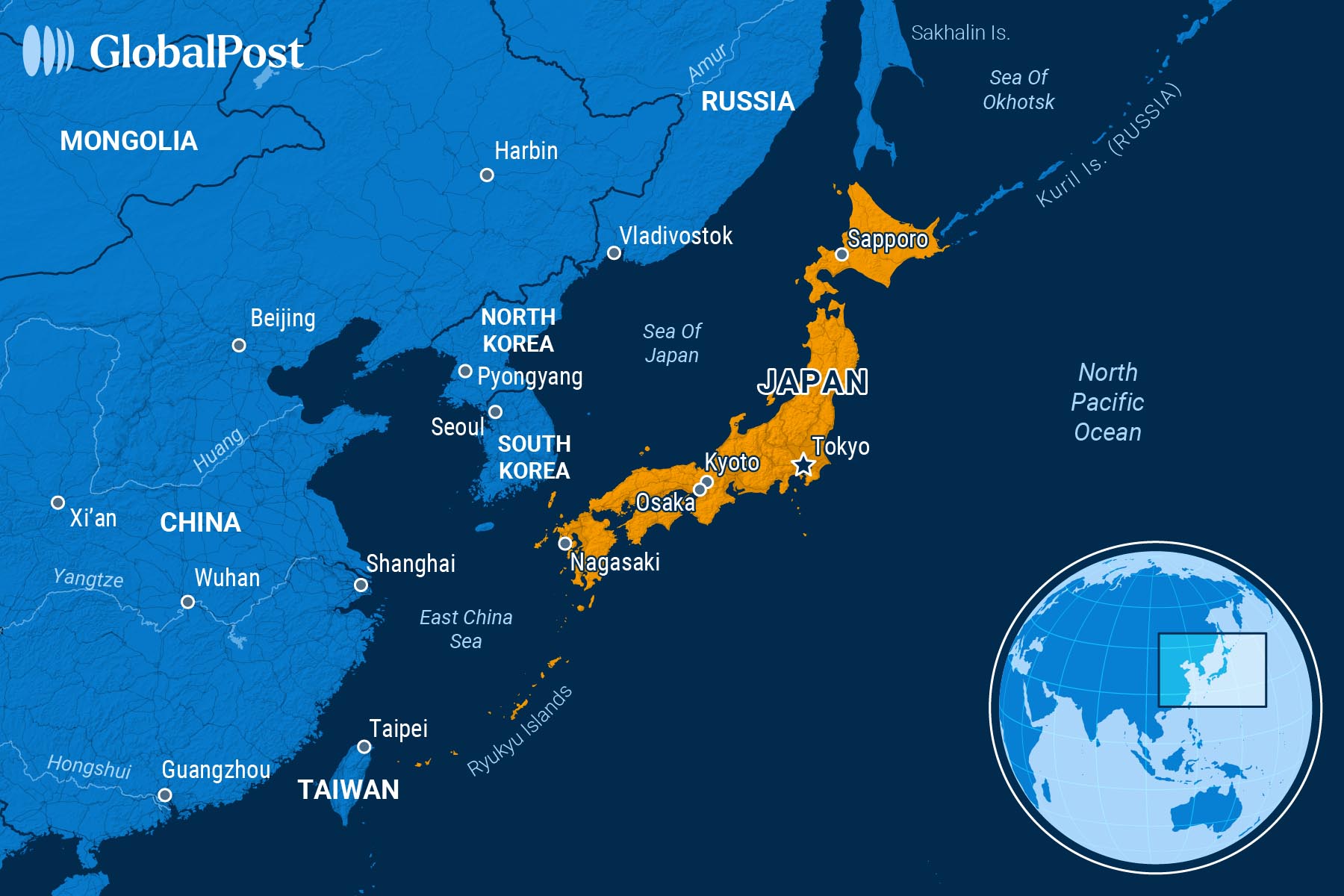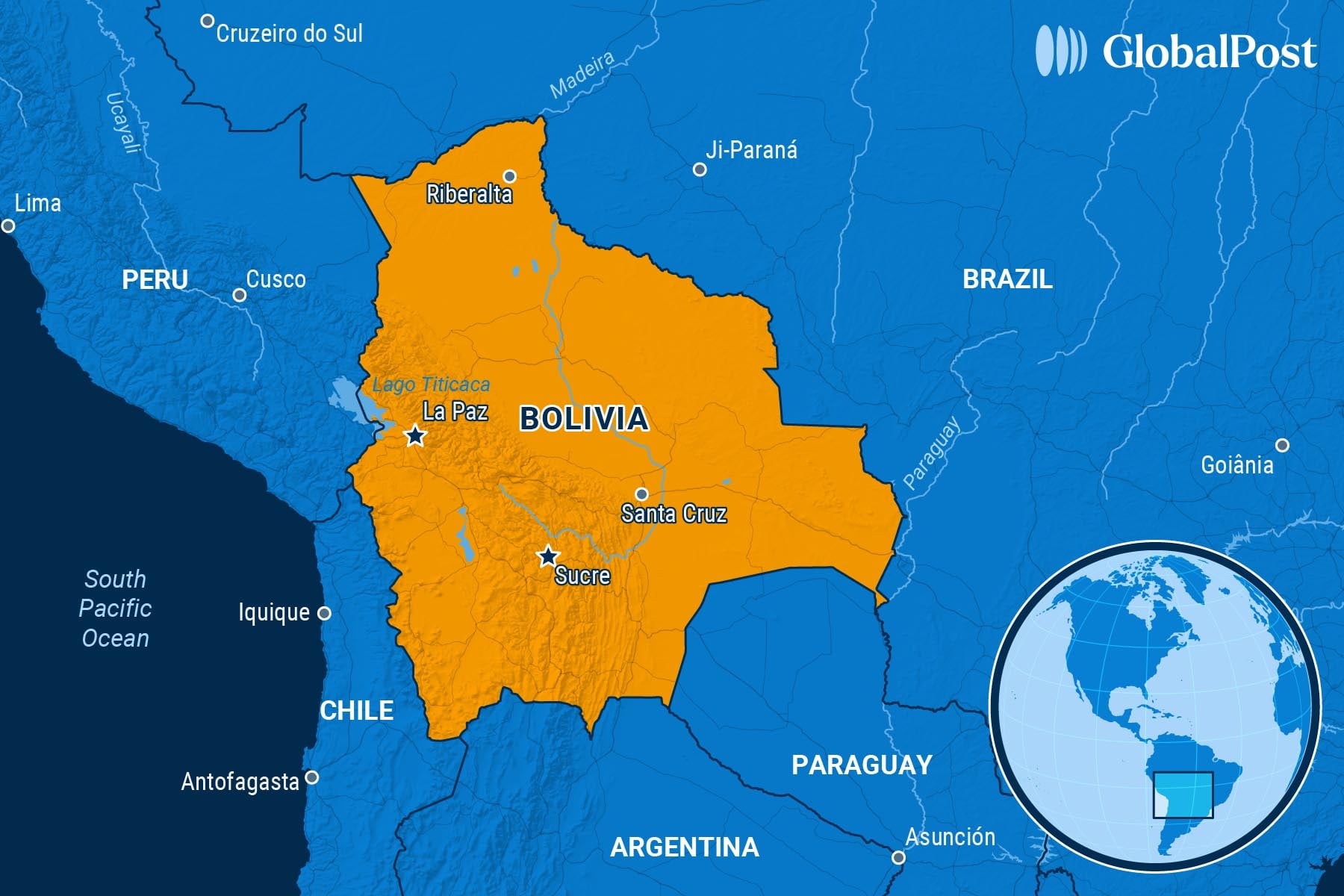New Kid on the Block: The Far-right Sanseito Party Is Making Waves in Japan
NEED TO KNOW
New Kid on the Block: The Far-right Sanseito Party Is Making Waves in Japan
JAPAN
 During the height of the pandemic, a former supermarket manager and English teacher, Sohei Kamiya, worried about his country. So he began “gathering” people on the internet via a YouTube channel.
During the height of the pandemic, a former supermarket manager and English teacher, Sohei Kamiya, worried about his country. So he began “gathering” people on the internet via a YouTube channel.
Within a year, a few thousand people he “collected’’ formed the Sanseito party, or the “do-it-yourself” party, vowing to put “Japan first.”
“The party was formed with the sincere hope that each and every citizen could change Japan through browsing the Internet,” explained Kamiya.
Initially, the group won a few council seats and one seat in the upper house of the legislature. It was dismissed as a gathering of kooks, or a fringe movement that would peter out.
However, five years later, it has won 14 more seats in the 248-seat chamber in the parliamentary elections in July and emerged as the single biggest winner in terms of gains made in the race, has 150 municipal representatives across the country, and has shaken up the Japanese political landscape.
“Sanseito has become the talk of the town,” Joshua Walker, head of the US-based non-profit Japan Society, told Reuters.
The dramatic rise of the right-wing populist party, with its charismatic and keenly attentive leader, shows the party’s message – initially focused on traditional values, vaccine skepticism, overtourism, the rising number of foreigners, and globalism, but now also on inflation – is resonating with millions of Japanese voters.
Toshimitsu Shigemura, a professor of politics and international relations at Tokyo’s Waseda University, told Deutsche Welle that Sanseito has been able to tap into public grievances with traditional political parties, which many believe are out of touch, and are especially behind on social media.
“People have been unhappy with all the problems that they face every day, and they just felt the …traditional parties are not listening to them,” he said.
Observers said the messaging is reminiscent of other far-right populist movements in Europe and elsewhere that have been gaining traction in recent years. However, it’s an unusual development in conservative Japan where voters usually opt for the center and stick with what they know, say analysts.
Now, the country is headed into the unknown.
“Japanese politics are moving into a messy new era,” wrote the Economist. “The long-dominant Liberal Democratic Party (LDP) faces many threats, with big implications for the country’s future.”
That is because Sanseito’s rise in popularity has come at a cost to the governing coalition of the Liberal Democratic Party (LDP) and its junior partner Komeito, which secured only 47 seats in the 248-member House of Councilors, falling three short of the 50 it needed to win to retain its majority in the upper house, in an election in which half the seats were contested.
As a result, Sanseito will have an outsized influence on Japanese policy, say analysts.
The loss is also another setback for the ruling bloc, which already lost its majority in the lower house in the October elections. It has held the majority in parliament for 15 years but has been more or less in power since 1955. The results of the past two elections have also severely weakened Japanese Prime Minister Shigeru Ishiba’s grip on power.
Ishiba has acknowledged the “harsh result” of the elections but said he would stay on as prime minister and so far resisted calls to step down, citing urgent economic issues such as critical trade negotiations with the United States. But how long he can hold on is now a question.
The pressure is on as Japan faces rising discontent with the status quo, analysts say.
Japanese voters are angry over stagnant wages and inflation, particularly a doubling in rice prices, and the LDP’s refusal to cut the consumption tax – a key opposition demand that Sanseito supported.
Meanwhile, the world’s fourth-largest economy has traditionally been strict on immigration, but in recent years worked hard to attract more international tourists and foreign workers to counter a rapidly aging population and plunging birth rates.
Tourist numbers, rising dramatically, are causing problems in certain towns with popular attractions. It’s become such a concern that the government recently formed a new task force to address the issue.
Sanseito supports caps on the number of foreign residents.
Critics have accused the party and its leader of xenophobia and misinformation, particularly over Sanseito’s promotion of conspiracies centering on vaccines and the idea that a cabal of global elites is plotting to weaken Japan. Many say it’s become a cult.
But analysts say that despite the criticism, Kamiya and his Sanseito party are hitting the right notes, for now.
After the recent election wins, Kamiya felt vindicated, gloating that “The public came to understand that the media was wrong and Sanseito was right.”
THE WORLD, BRIEFLY
Bolivia Ditches Socialists After Two Decades
BOLIVIA
 Bolivia’s ruling socialist party was defeated Sunday in the country’s presidential election for the first time in two decades, setting the stage for a runoff between a centrist and a right-wing candidate amid the country’s worst economic crisis in years, the Washington Post reported.
Bolivia’s ruling socialist party was defeated Sunday in the country’s presidential election for the first time in two decades, setting the stage for a runoff between a centrist and a right-wing candidate amid the country’s worst economic crisis in years, the Washington Post reported.
Centrist Senator Rodrigo Paz won the highest number of votes (32.18 percent) but fell short of an outright victory. He will now face right-wing former President Jorge ‘Tuto’ Quiroga, who finished second (26.94 percent), in a runoff set for Oct. 19, according to CNN.
Paz, who is known for advocating moderate economic reforms, was a surprise winner at a time when the country of 2 million people is seeing a grave fuel shortage, depleted foreign reserves, spiraling debt, and inflation in double digits.
A former mayor of the southern city of Tarija, Paz campaigned to fight corruption, increase regional funding, provide easier access to credit, and offer tax breaks to support the formal economy.
Meanwhile, Quiroga, who was president between 2001 and 2002, campaigned to privatize unprofitable state-owned enterprises, stabilize the economy, and curb inflation. He also said he would try to negotiate $12 billion in financing from the International Monetary Fund and the World Bank.
Sunday’s results dealt a major blow to the ruling Movement Toward Socialism (MAS) party, which has been in power since the momentous December 2005 election, which saw the ascendance of Bolivia’s first indigenous president, Evo Morales.
Morales, MAS founder, had served for three terms. He was barred from running for office for a fourth.
Incumbent President Luis Arce, a former Morales ally, dropped out of the presidential race after he became extremely unpopular due to his handling of the country’s economy, even as infighting escalated within MAS.
The official MAS candidate, Eduardo del Castillo, finished sixth with 3.16 percent of the vote – he was booed out of the premises where he cast his vote, the BBC reported.
Castillo’s former MAS colleague, Senate President Andrónico Rodríguez, who earned 8 percent of the vote, also faced citizens’ wrath. People threw stones and set off an explosive device where Rodríguez voted, but no one was injured, according to authorities.
Political observers noted that the rise of a moderate such as Paz appears to reflect that Bolivians are hesitant to fully return to the right-wing establishment that MAS founder Morales swept aside in the 2005 election, when he ended the country’s two-decade experiment with free-market capitalism.
Tonga’s King to Take Over Ministry in Democratic Retreat
TONGA
 Tonga this month passed a bill removing the Ministry of Foreign Affairs from democratic supervision and placing it under the supervision of King Tupou VI, a move critics said was democratic backsliding by the island nation, Radio New Zealand reported.
Tonga this month passed a bill removing the Ministry of Foreign Affairs from democratic supervision and placing it under the supervision of King Tupou VI, a move critics said was democratic backsliding by the island nation, Radio New Zealand reported.
Crown Prince Tupouto‘a ‘Ulukalala, who was appointed Foreign Affairs Minister in January, introduced the bill, which replaces the ministry with a new body called His Majesty’s Diplomatic Services.
A parliamentary statement said the bill “aims to modernize and strengthen the framework” for the conduct of diplomatic relations, “while also enhancing oversight of immigration in alignment with national interests.”
The bill is awaiting the king’s signature.
Pro-democracy activists opposed the bill, saying it had reversed democratic reforms passed in 2010, which reduced the monarchy’s powers and strengthened the authority of elected representatives, the Australian Broadcasting Corporation reported.
The government claims the change is merely technical, with Attorney General Linda Folaumoetu‘i emphasizing that the foreign affairs ministry has only been renamed and not dissolved.
Hundreds of Tongans, both on the island and in the diaspora, have expressed their support for the bill on social media, saying that it is the King’s “birthright” to oversee the country’s foreign affairs.
Iraq Starts Excavating Mass Grave Of Islamic State Victims
IRAQ
 Iraqi officials have started excavating a mass grave believed to hold victims of the Islamic State (IS) killed from 2014 until the militant group’s defeat three years later, Al Jazeera reported this week.
Iraqi officials have started excavating a mass grave believed to hold victims of the Islamic State (IS) killed from 2014 until the militant group’s defeat three years later, Al Jazeera reported this week.
The suspected grave site – a sinkhole about 500 feet deep and 360 feet wide – is located in al-Khafsa near the northern city of Mosul.
It is believed to contain the remains of more than 4,000 people. Witnesses and officials claim some of the worst IS massacres took place in the area.
IS took control of Mosul – Iraq’s second largest city – in 2014 and ruled an area roughly half the size of the United Kingdom that spanned Iraq and Syria.
Ahmad Qusay al-Asady, head of the mass graves excavation department at the Iraqi Martyrs Foundation, told the Associated Press that the operation would first deal with recovering visible remains and any evidence on the surface. The foundation then planned to build a database and collect DNA samples from families of suspected victims.
Full exhumation would require specialists because of the presence of hazardous materials such as unexploded ordnance at the site.
Investigators have yet to determine its size, but some observers described it as “the largest mass grave in modern Iraqi history.”
Around 70 percent of the remains in the grave are believed to belong to Iraqi security forces, with other victims including members of the Yazidi minority – a long-persecuted group that was heavily targeted by IS.
Witnesses have claimed the Islamic State group would bring busloads of people to the site, many of whom were later decapitated, said al-Asady.
Mass graves containing thousands of bodies believed to be IS victims have previously been found across Iraq and Syria.
The war against the group officially ended in 2019 when US-backed Syrian Democratic Forces captured the eastern Syrian town of Baghouz.
DISCOVERIES
Under Armor
Australia’s iconic goannas (monitor lizards) have been hiding a secret under their scaly skin: A layer of tiny bony plates known as osteoderms.
Long overlooked, these structures may help explain how these ancient reptiles adapted to one of the harshest environments on Earth millions of years ago.
In a new study, an international research team conducted the first large-scale global survey of osteoderms in lizards and snakes.
They examined nearly 2,000 reptile specimens from major museum collections, using high-resolution micro-computer tomography scans to peer beneath the skin without damaging the samples.
Until now, osteoderms in monitor lizards were thought to be rare and mostly limited to the Komodo dragon, but the new findings suggest otherwise.
“We were astonished to find osteoderms in 29 Australo-Papuan monitor lizard species that had never been documented before,” lead author Roy Ebel said in a statement. “It’s a fivefold increase in known cases among goannas.”
Osteoderms are seen in crocodiles, armadillos, and even dinosaurs like Stegosaurus. While they may act as armor, scientists now suspect they also serve other important functions, such as regulating body heat and supporting movement.
The study shows that these skin bones are present in nearly half of all lizard species worldwide – an 85 percent increase over previous estimates. It also challenges previous assumptions about reptile evolution and opens new lines of inquiry into how skin structure relates to survival in extreme environments.
Ebel wrote in The Conversation that their widespread presence across Australo-Papuan goannas also raises new questions about when and why they evolved.
Goannas arrived in Australia about 20 million years ago and had to adapt to a tough environment, Ebel noted. If osteoderms emerged around this time, they may have done so in response to environmental pressures.
“What’s so exciting about this finding is that it reshapes what we thought we knew about reptile evolution,” Jane Melville, a senior curator at Museums Victoria Research Institute who contributed to the study, said in the statement.
“It suggests that these skin bones may have evolved in response to environmental pressures as lizards adapted to Australia’s challenging landscapes.”
